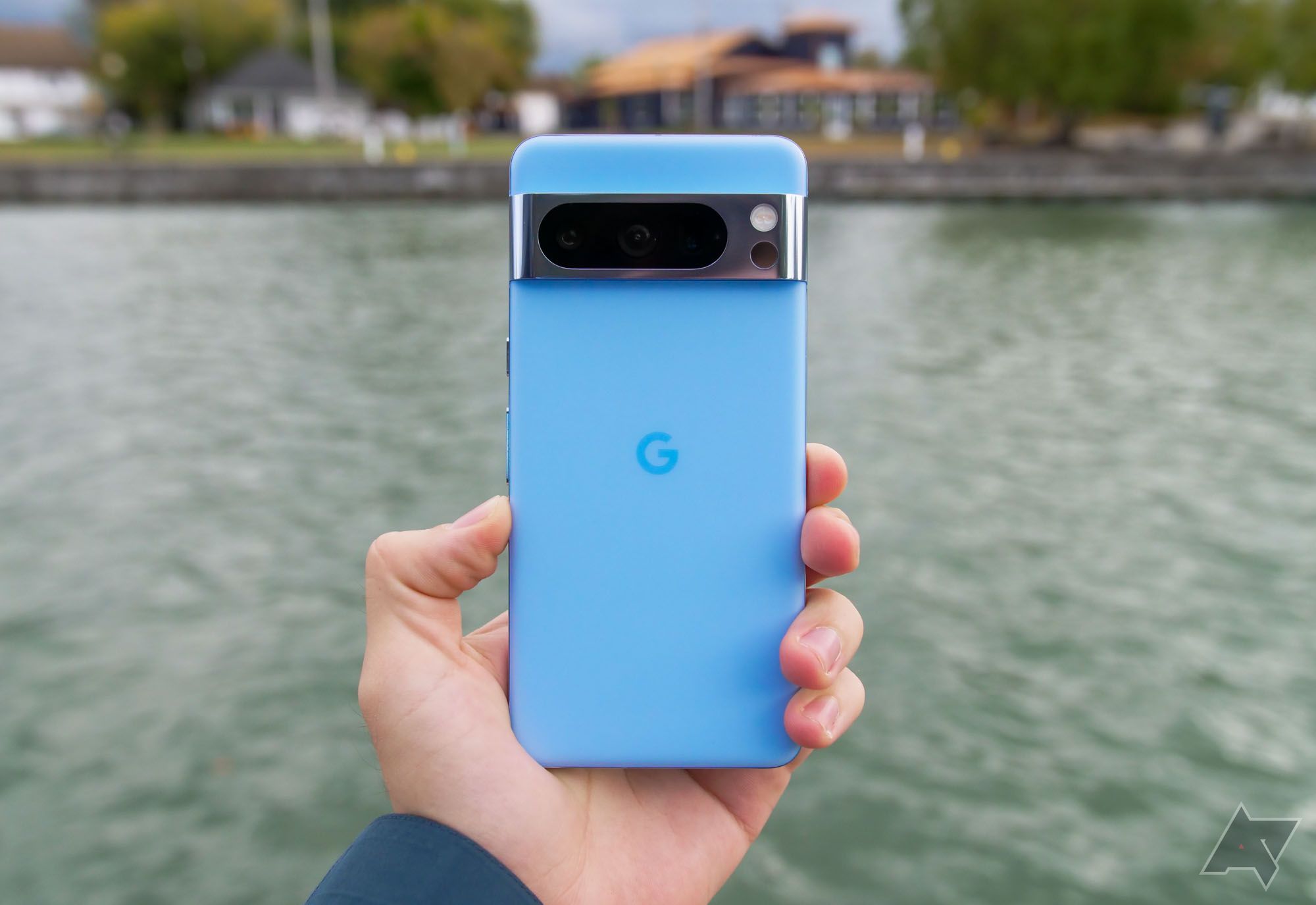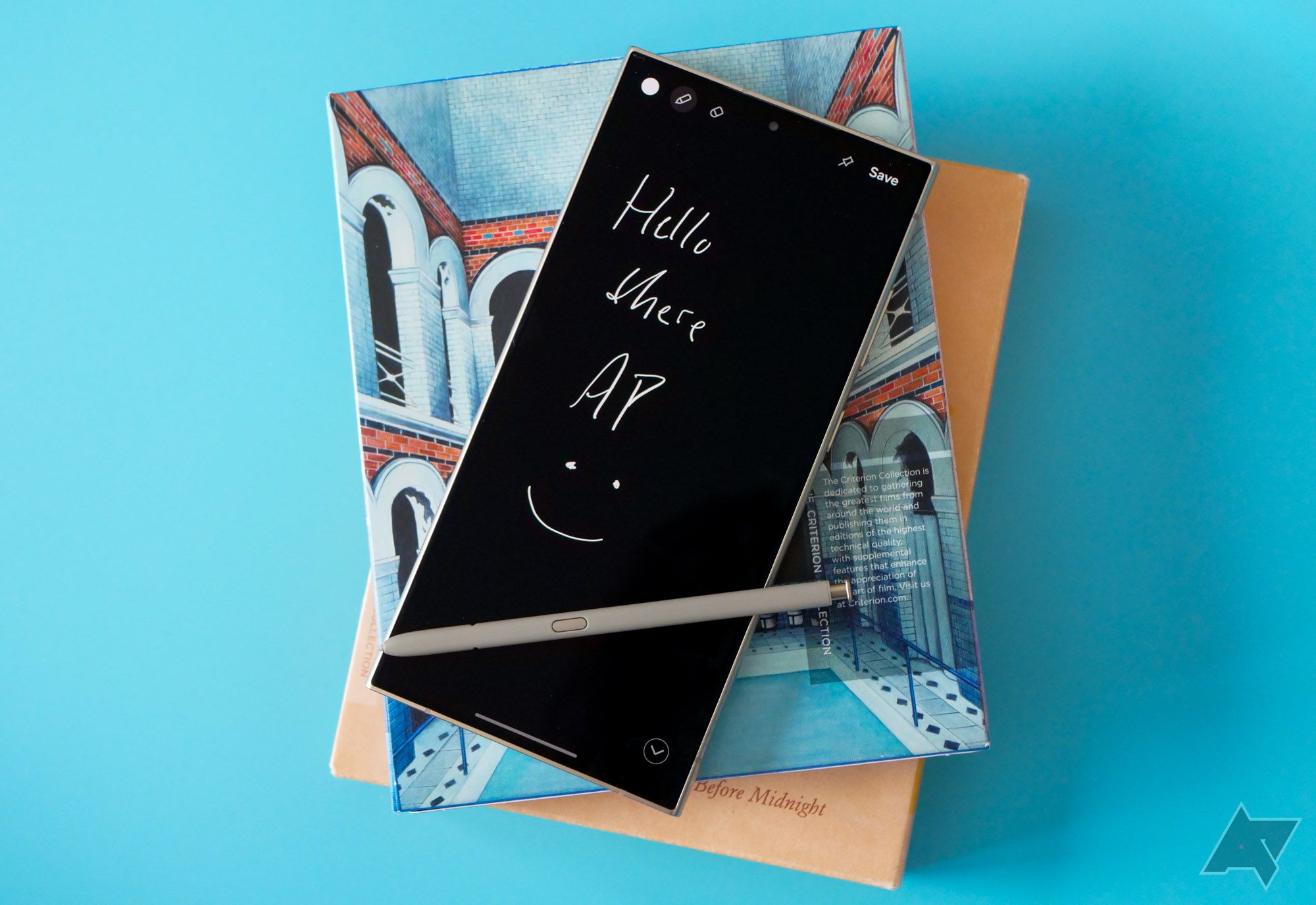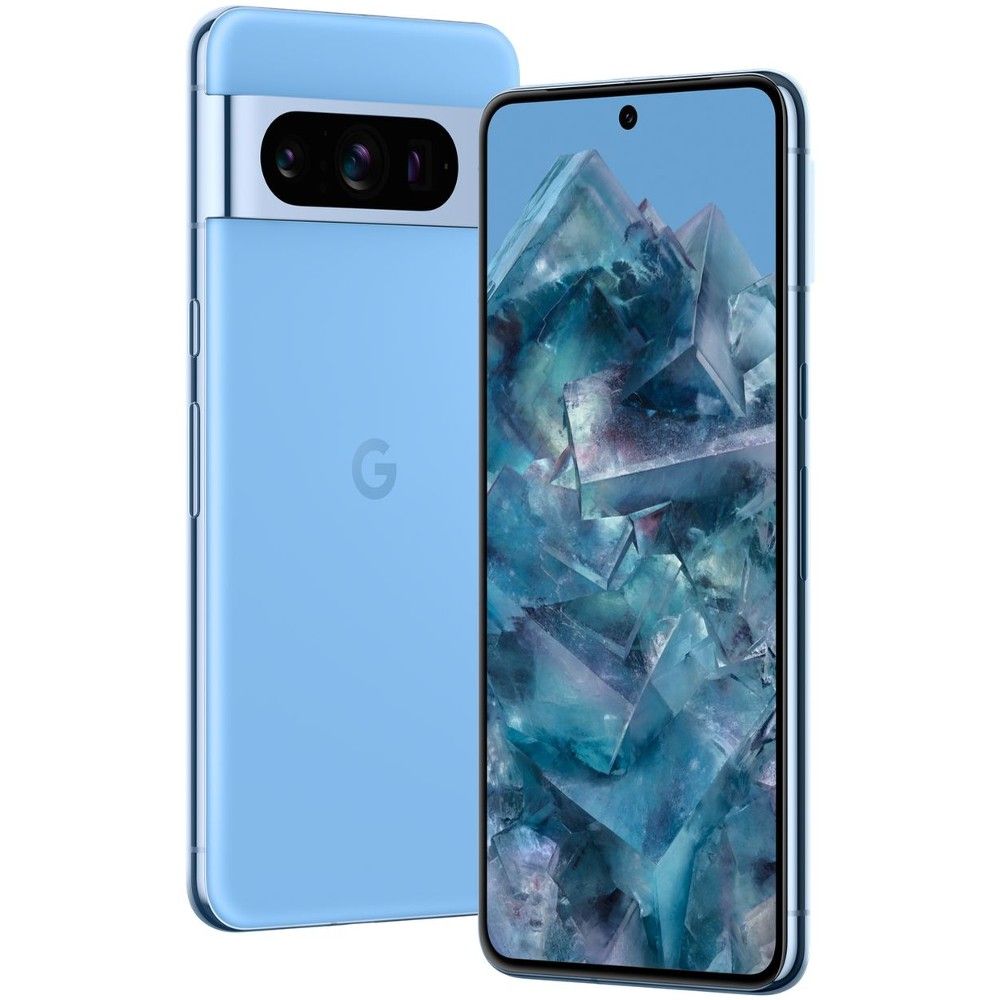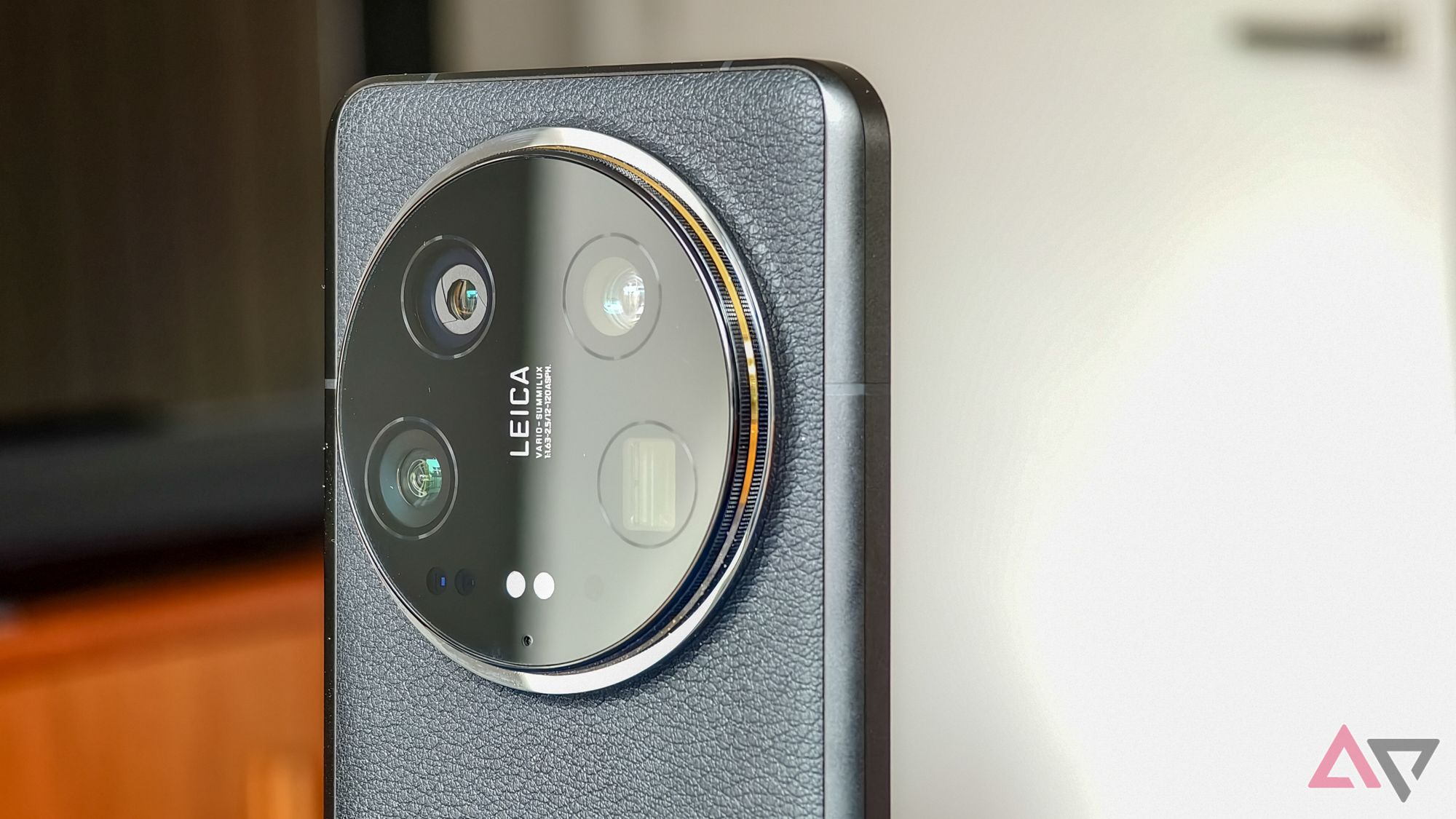Xiaomi’s 14 Ultra flagship has a credible case for being the best camera phone around this year — but US buyers can’t pick it up.
Are you really missing out, though? After all, the Pixel 8 Pro is no slouch when it comes to photos, with its triple rear camera and AI-powered upgrades. Then there’s Samsung’s Galaxy S24 Ultra. In our review we declared that it was at the top of the game except for the camera, but there’s no denying that its dual telephotos and 200MP main sensor keep it competitive.
So, to put things to the test, I took the Xiaomi 14 Ultra out alongside Google and Samsung’s greatest to see if the Chinese phone’s rear camera setup really is a cut above the rest, or if US phone fans can rest easy knowing the grass really isn’t greener.
The hardware: Android’s best camera phones
First up, it’s worth quickly running through exactly why Xiaomi might have the upper hand on paper.
The 14 Ultra features a quad rear camera, bolstered by tuning (and branding) from camera giant Leica. All four of the 14 Ultra’s rear lenses pack 50MP sensors, so resolution is consistent. The main camera also benefits from a relatively unique variable aperture, which responds automatically to differing light levels, and uses a large 1-inch sensor that captures lots of light and can even generate a natural bokeh effect. There are two different telephoto lenses, one at 3.2x zoom and the other at 5x.
So what’s it up against? The Pixel 8 Pro has a relatively modest trio of rear lenses, with a 50MP main camera and 48MP resolutions on the other two. That means just one telephoto, set at 5x zoom, and smaller sensors with narrower apertures than the Xiaomi equivalents across the board. Then again, this is a Pixel: the heart of this camera isn’t hardware, but software, with Google’s expert photo tuning now bolstered by additional AI options.

Google Pixel 8 Pro review: Living up to its name
If you want to see the future of Google, the Pixel 8 Pro is the phone to buy
Finally, the S24 Ultra matches the Xiaomi’s lens count, and its 3x and 5x telephotos offer similar optical zoom options. Resolutions are all over the place here: a whopping 200MP on the main camera, 50MP on the 5x periscope, then down to 12MP for the ultrawide and 10MP on the shorter telephoto. Smaller sensors and narrower apertures are again the order of the day, with Samsung betting more and more that it can keep up with Google in the race for AI enhancements.

Samsung Galaxy S24 Ultra review: Still the best, unless you take photos
Without any meaningful changes, Samsung’s latest phablet feels like a do-over for last year’s smartphone
The test: A rear-camera shootout
To keep things simple, I’m focusing on the three phones’ rear cameras, not their selfie shooters.
I’ve also kept all three on their default camera settings for the most part, trying to test them the way most people actually use their phones, rather than diving into optimized settings, pro modes, or RAW output.
In all the photo galleries below, you’ll find the Xiaomi shot on the left, Samsung in the middle, and Google’s Pixel on the right.
Main camera
In bright light and good conditions, there’s not too much to separate these three cameras when you’re taking landscape shots. Despite the varying resolutions, when shot on default settings all three pixel bin down to similar output resolutions, and are close matches when it comes to detail and sharpness.
There are bigger variations in color science, with the S24 Ultra especially standing out for a tendency to amp up vividness, and over-saturate orange and red hues. The Pixel is especially muted by comparison, with the Xiaomi offering something of a midpoint, though it runs closer to Google than Samsung’s tuning.
Depth of field is another obvious point of differentiation. Even without using the dedicated Portrait mode, both the Xiaomi and Google phones deliver an attractive bokeh effect, with blurred backgrounds, when you shoot photos close-up — think photos of people, or food photos for the ‘Gram. In Xiaomi’s case, this is a natural side effect of the larger main sensor, though I suspect Google’s implementation is more a matter of post-processing. By contrast, the S24 Ultra’s small sensor has a much deeper depth of field, with a flat focus to most shots that’s less attractive — and a dead giveaway that its photos have come from a phone.
Ultrawide
We see similar color variations from the ultrawide cameras in each phone, exacerbated by starker differences in dynamic range, where Samsung again lags behind.
These comparison shots are complicated slightly by more consistent cloud cover in the Pixel photo, which is why it seems flatter than the others, but it also delivers the most detail and least noise in the darker spots of the shots, like the bricks to the left, and also captures more of the smaller tree branches than either other camera.
Telephotos
The telephoto comparison puts Google at a disadvantage from the get-go, because while all three phones feature a 5x periscope lens, it’s the only one that doesn’t back that up with a shorter throw (3x for Samsung, 3.2x for Xiaomi).
That means for this shot, the Pixel uses digital trickery to improve output from the main camera, while the other two cameras could use their shorter telescopes at the default optical output. At a glance it holds up well, but look closer and you see that while some parts of the shot are crisp and detailed, others are over-sharpened or have mixed up details entirely into machine-learning gloop. The S24 UItra also shows clear signs of over-sharpening, though it’s possible you’ll prefer that to the very slight softness of the 14 Ultra’s shot.
These graffitied rooftop train carriages were all shot at 5x, and here things are closer. The Samsung again sticks out, both for its colors and slightly more sharpening, but otherwise there’s little to pull the phones apart.
This 5x shot is challenging with its exposed light bulb, though all three phones fare similarly, none quite pulling off the trick of rendering each filament individually. Note that here the Samsung also struggled to realize what I wanted to focus on, prioritizing the building outside over the hanging light.
Finally, what about when you push things all the way? Here, the Pixel pulls up short quite literally, capping at a meager 30x zoom, while the Xiaomi and Samsung go up to 120x and 100x respectively. The 14 Ultra’s shot is a little softer, but the Samsung’s sharp details look a little artificial to me. I don’t know how often you’ll want to zoom in this much, but when you do, the Xiaomi earns its keep, though this one may come down to personal preference.
Motion
Much has been made of the S24 Ultra’s struggles with moving targets, but in all honesty most phones find this tricky. To put it to the test, I opted to use the main cameras for shots of a sleepy cat — still enough to give me some consistency, but restless enough to challenge the cameras.
In the samples below, I’ve chosen each camera’s best effort. The S24 Ultra hasn’t done badly, but almost every other shot I took featured some amount of blur or softness — it took a lot of attempts to get the one good photo. The 14 Ultra was better, delivering some near-perfect portraits, but others that were rubbish — and the worst here lagged behind the Samsung. The only camera to consistently nail the challenge was the Pixel 8 Pro, which took a succession of fantastic photos without a hint of motion blur.
If my priority in a camera was photographing my pets or kids, there’d be a pretty clear choice here.
Macro
I don’t take a lot of macro photos, but phone manufacturers clearly think the rest of you do. Luckily, flagships like this don’t tend to feature crummy low resolution macro sensors, instead repurposing existing lenses for better results.
My favorite of these shots is the Xiaomi’s by far, with interest and detail to the craggy cookie, and depth of field even on such a short throw shot. It makes this macro look like a landscape. The S24 Ultra does a good job here too, though the light has come out a little orange, but the loser has to be the 8 Pro, which looks flat by comparison — you might as well just take a regular photo and crop in for the same result.
Night mode
For a little low-light testing, I took the three phones out to a dimly lit basement taco bar and the challenging conditions of a Glass Beams show, sticking mostly to the main cameras. Across the three phones, the Pixel was the most likely to blow out light sources in dim scenes, as you can see at the bottom of this candle. The Samsung handles the lighting well but flattens the colors, while Xiaomi keeps things as warm as they felt in the bar itself.
This street scene shows similar results. The Pixel blows out the lights the worst, with the Xiaomi handling bright spots best. At a glance the Samsung looks to have kept up with the competition, but pixel peep and you’ll spot it’s introduced plenty of noise into the white spots, which the other phones mostly avoid.
Finding consistent lighting for comparison shots proved tricky during a live show, but these shots are pretty representative if you can forgive the differing hues. All three phones found the stage lighting tricky, handling it in different ways. The Pixel brought out plenty (perhaps too much) detail from the crowd (and not just from that extra patterned light — this was a consistent trend), while the Samsung once again introduced by far the most noise.
Which camera comes out top?
First let’s get the boring, milquetoast answer out of the way: all three of these phones pack what are objectively impressive cameras, and most of us are unlikely to find any of them disappointing.
That said, there’s a pretty clear loser out of the lot. The Samsung Galaxy S24 Ultra struggles the most with motion, has a noisy night mode, and even in good lighting, I found its color science and sharpening the least appealing. This isn’t a bad camera, but there are levels.
The other two phones are harder to pull apart, and Pixel 8 Pro owners shouldn’t feel too hard done by that the Xiaomi 14 Ultra isn’t coming to the US. The Xiaomi pips the Pixel with its excellent exposure in low light, and its macro is miles better, but elsewhere the two cameras come unexpectedly close — and the Pixel would definitely be my preference when it comes to pets and other fast-moving subjects.

Google Pixel 8 Pro
Best in the US
$799 $999 Save $200
The Pixel may not be perfect, but Google’s camera still holds its own against the best of the rest — and unlike the Xiaomi 14 Ultra, you can actually buy it in the US.
Source link


